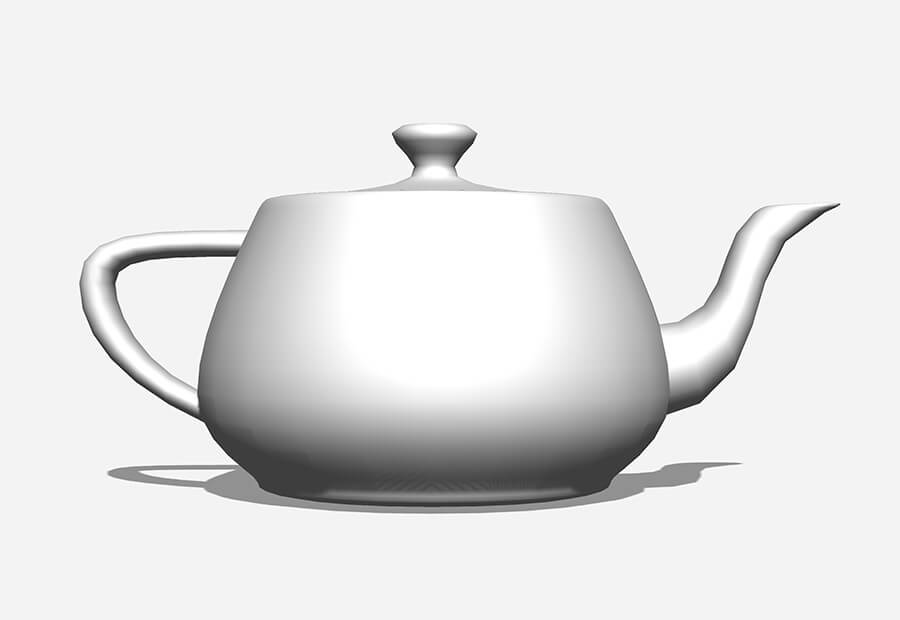

- Stanford dragon obj manual#
- Stanford dragon obj archive#
- Stanford dragon obj windows 10#
- Stanford dragon obj software#
Stanford dragon obj manual#
ReMESH (automatic manifold repair, isolated component removal, hole filling, handle removal, degenerate triangle removal, sharp feature recovery, defect detection and hilighting, manual repair tools) (M.JMeshLib (read/write OFF/PLY/STL/VRML1/VRML2/OBJ/IV 2.1) (M.ply2vri (convert PLY mesh to signed-distance volumetric grid, VRI/PPM formats) (B.Allen).mview (read/view PMesh/GTS/OFF/COFF/PLY/VRML/Shallo/VTK ASCII POLYDATA/OBJ) (H.OpenFlipper (import/export OFF/OBJ/PLY/STL/STLA/STLB/OM, selection tools w/ surface/volume lasso and sphere brush, decimation, smoothing, edge/face editing) (J.MeshLab (import PLY/STL/OFF/OBJ/3DS/COLLADA/PTX/V3D/PTS/APTS/XYZ/GTS/TRI/ASC/X3D/X3DV/VRML/ALN, export PLY/STL/OFF/OBJ/3DS/COLLADA/VRML/DXF/GTS/U3D/IDTF/X3D, selection/smoothing painting, linear measurements, export planar slices, mesh decimation/repair/optimization, mesh alignment) ( Authors).CGAL (2D/3D halfedge mesh, tet meshes) ( Authors).OpenMesh (PLY/OBJ, halfedge mesh, decimation, Loop/Sqrt3 subdivision, view-dependent progressive meshes, stripification) (J.trimesh2 mesh library (read PLY/OFF/3DS/OBJ, write PLY/OFF/OBJ, subdivision, smoothing, curvature estimation, triangle stripping, ICP, cleanup, decimation, basic shapes) (S.GTS (2D dynamic/constrained Delaunay triangulation, robust geometric predicates, mesh boolean set operations, refinement/coarsening, view-independent continuous LOD, view-dependent LOD, AABB-trees, Kd-trees, graph partitioning, isosurfacing, area, volume, mean/gaussian/principal curvature, stripification).
Stanford dragon obj archive#
Stanford dragon obj software#
The materials used are from the MERL BRDF Database.įor hashing when reading files and merging vertices.Graphics Software Computer Graphics Research Software The Rust logo model was made by Nylithius on BlenderArtists. Future work will focus onįor an example of integration within a ray tracer, check out tray_rust’sīoth load quite quickly. Meshes page and was originally built by kescha. The model can be found on Morgan McGuire’s
Stanford dragon obj windows 10#
Windows 10 machine with an i7-4790k and 16GB of 1600Mhz DDR3 RAM with tobjĠ.1.1 on rustc 1.6.0. Vertices) and is loaded in ~7.47s using a peak of ~1.1GB of memory on a The Rungholt model shown below is reasonably large (6.7M triangles, 12.3M Some more sample images can be found in this gallery. To make a simple OBJ viewer, check out tobj viewer. If you don't need the materials, you can generate a default here and use that // instead. Materials might report a separate loading error if the MTL file wasn't found. The LoadOptions used are typical for the case when the mesh is going toīe sent to a realtime rendering context (game engine, GPU etc.). Texture coordinates if the model has them.

Trimmed down version of print_model_info and print_material_infoĬombined together, see them for a version that also prints out normals and In this simple example we load the classic Cornell Box model that onlyĭefines positions and print out its attributes. Will be stored in a HashMap containing the key-value pairs of the Standard MTL attributes are supported too. This also guarantees that the topology of the Mesh does not change whenĮither of the latter are specified per vertex per face. The topology (faces may become disconnected even though their vertices stillīy default separate indices for normals and texture coordinates are created. Positions can be duplicated to be per vertex per face too via the When a Mesh contains per vertex per face normals or texture coordinates, Mesh, this data is stored in the indices member. Indices are also loaded and may re-use vertices already existing in the Values are stored packed as f32s in flat Vecs.įor example, the positions member of a Mesh will contain which you can then use however you like. If no normals or texture coordinates are found then the corresponding It is assumed that all meshes will at least have positions, but normals and The best solution would be toĬonvert your mesh to solely consist of triangles in your modeling software. Only polygons that are trivially convertible to triangle fans are supported.Īrbitrary polygons may not behave as expected. Meshes can be triangulated on the fly or left as-is. Just returns two Vecs containing loaded models and materials. A tiny OBJ loader, inspired by Syoyo’s excellent tinyobjloader.Īims to be a simple and lightweight option for loading OBJ files.


 0 kommentar(er)
0 kommentar(er)
